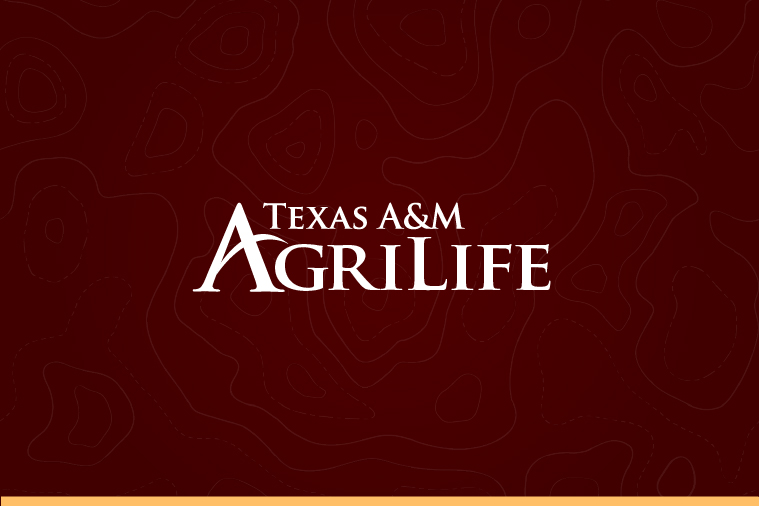Four food safety tips when cooking without power
Food safety key when weather disasters cause a power disruption
Severe weather systems in Texas, such as hurricanes and tornadoes, can pose serious threats to personal safety as well as disrupt power to homes for extended periods.

A loss of power can severely affect meal preparations as well as the safety of important food items needed to sustain healthy living standards, according to Texas A&M AgriLife Extension Service experts.
“Texans should be mindful that severe weather season is upon us, and the threat of these weather systems can disrupt or severely hamper electrical services across the state,” said Monty Dozier, Ph.D., program coordinator for AgriLife Extension’s Disaster Assessment and Recovery, DAR, unit.
Andrea Valdez, Ph.D., AgriLife Extension family and community health specialist, Hidalgo County, shared insights on the four things to know to stay safe while cooking during an interruption of power.
“When you are not in an emergency is the time to plan and stock up,” said Valdez. “Create a plan and be prepared.”
Here are some preparation tips as severe weather season approaches:
Create a plan
While extreme weather may be somewhat unpredictable here in Texas, Valdez said preparing and planning for them should not be.
“Before an anticipated severe weather event, stock up on essential non-perishables such as canned fish and poultry and canned fruits and vegetables,” Valdez said. “If a blackout is expected to last longer than four hours, consider preplanning recipes using an emergency preparedness cookbook.“
Additionally, stock up on sources like dry ice or cold packs to help keep perishable food items cold without power.
Keep it cold
When experiencing a power outage, regulating and maintaining the preexisting temperature of perishable food items is essential. For refrigerated foods, keep items under 40 degrees. Keeping the refrigerator door closed can keep foods cold for up to four hours, whereas keeping the freezer door closed can keep foods fresh for 48 hours in a full freezer and 24 in a half-full freezer.
If cold food items reach the four-hour mark in the refrigerator, use a cooler and a cold source along with dry ice or cold packs to keep food cold.
When in doubt, throw it out
“Don’t take any chances thinking food is safe to eat when it might not be,” she said. “When in doubt, throw it out.”
Sometimes, it can be tricky to tell if perishable food items are safe to eat. However, regarding safety, it is best to be sure.
“Never taste test foods to determine if they are still safe to eat,” Valdez said.
If perishable food items such as meat, cut fruit and vegetables, eggs, milk and leftovers have been stored longer than four hours without a cold source, throw them out. It is better to be safe than sick.
Appliances; be safe, be smart
First, identify what cooking equipment is best. Some standard alternatives to the indoor electric and gas stove include a charcoal or gas grill, camp stoves, fireplaces, wood stoves or a well-controlled outdoor fire.
Next, understand the basic safety precautions for the selected equipment. Avoid asphyxiation from carbon monoxide by restricting only charcoal grills, gas grills and camp stoves to outdoor use.
While using a fireplace or wood stove, ensure that the chimney functions properly and the damper is open or that the stovepipe has not been damaged on a wood stove.
When cooking outdoors, scope out the perfect spot. Placing stones or a metal drum around the fire bed is essential to ensure any fire is well contained. Be mindful to never use gasoline to get a wood or charcoal fire started.
Additional resources
For more information, visit The CDC: Food Safety for Power Outages or AgriLife Extension’s Dinner Tonight Emergency Preparedness Cookbook. Additionally, AgriLife Extension’s Disaster Education Network, EDEN, has resources available related to severe weather.





